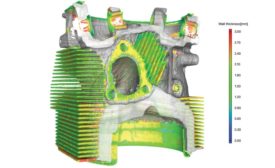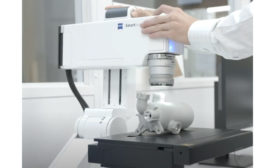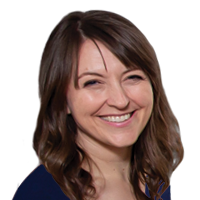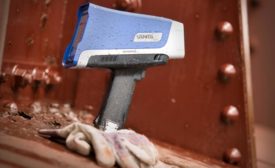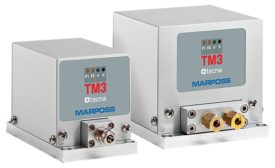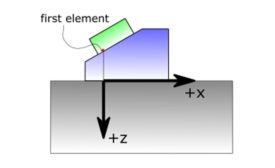Home » nondestructive testing
Articles Tagged with ''nondestructive testing''
Testing with air or gas offers a more reliable and nondestructive alternative.
Read More
Trends in NDT Lab Services
As NDT services evolve, the field is growing rapidly and needs qualified staff.
June 9, 2020
Computed Tomography for Nondestructive Testing
Analysis and visualization software is key to final quality.
June 1, 2020
Producing Additively Manufactured Parts
The future of additive manufacturing will include an increasing number of production applications.
June 1, 2020
X-Ray Fluorescence (XRF) Frequently Asked Questions
You can point an XRF analyzer at almost anything and get a result.
April 8, 2020
Quality in Automation > Trends
The Latest Trends on the Shop Floor
Automation has made closed-loop metrology systems, nondestructive testing and productivity increasingly accessible.
April 6, 2020
Five Things You Didn’t Know Eddy Currents Could Inspect
Eddy current testing has typically been employed for surface and tubing inspections, but it can be employed for much more.
April 1, 2020
Production Leak Testing: Where to Start?
In leak testing, there is no one method that works best for every situation.
March 15, 2020
TFM Acoustic Influence Map
The total focusing method (TFM) is a synthetic aperture beam forming technique that has been under active development in the NDT industry over the past decade.
February 8, 2020
Stay in the know with Quality’s comprehensive coverage of
the manufacturing and metrology industries.
eNewsletter | Website | eMagazine
JOIN TODAY!Copyright ©2025. All Rights Reserved BNP Media.
Design, CMS, Hosting & Web Development :: ePublishing



